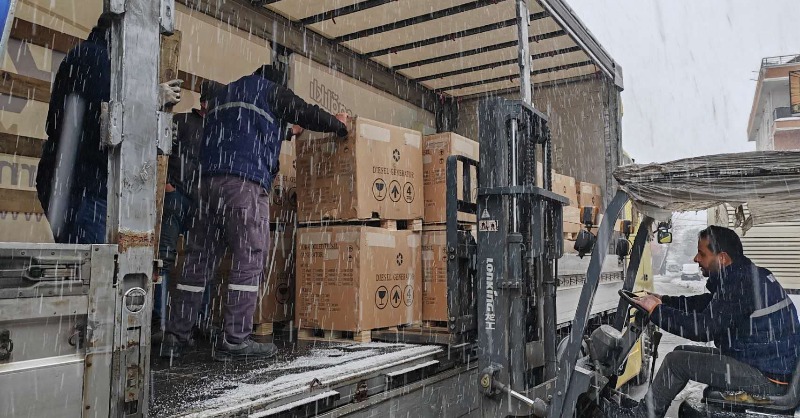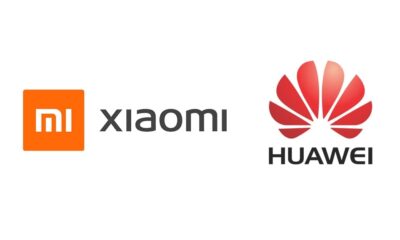News
Huawei, Xinyan Coal Mine and Shanxi Mobile China jointly release 5GtoB PNI-NPN Kite-like solution
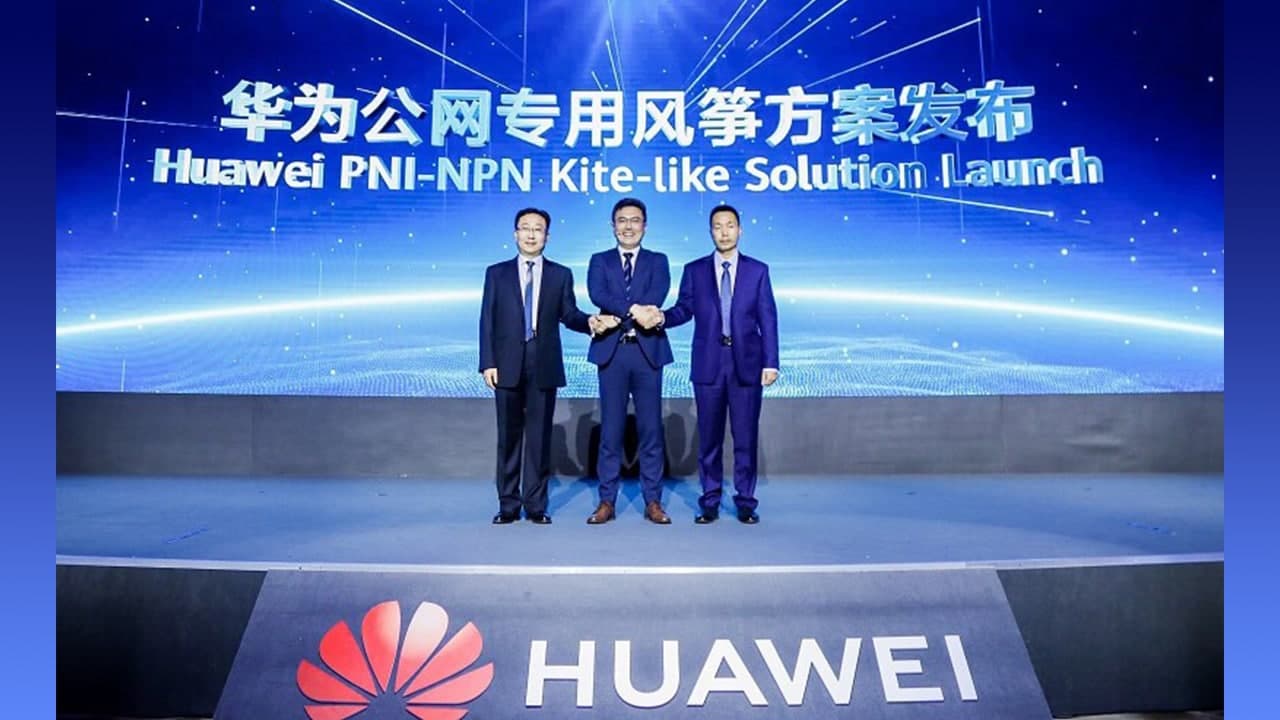
During MWC Shanghai 2021, Huawei, Xinyan Coal Mine, and Shanxi Mobile jointly launched a 5GtoB kite-like solution for public network-integrated non-public networks (PNI-NPN).
At the ceremony, several guest presence were noted including Richard Liu, President of Huawei Cloud Core Network Product Line, Liu Ying, Vice President of Shanxi Mobile, and Mei Jun, Chief Engineer of Xinyan Coal Mine Lvliang Dongyi Group.
The solution provides high-performance, high-reliability 5G networks that function through a combination of private and public networks. The solution aims to accelerate the development of the 5G industry and increase the value of 5G for businesses, ultimately creating momentum in the digital economy.
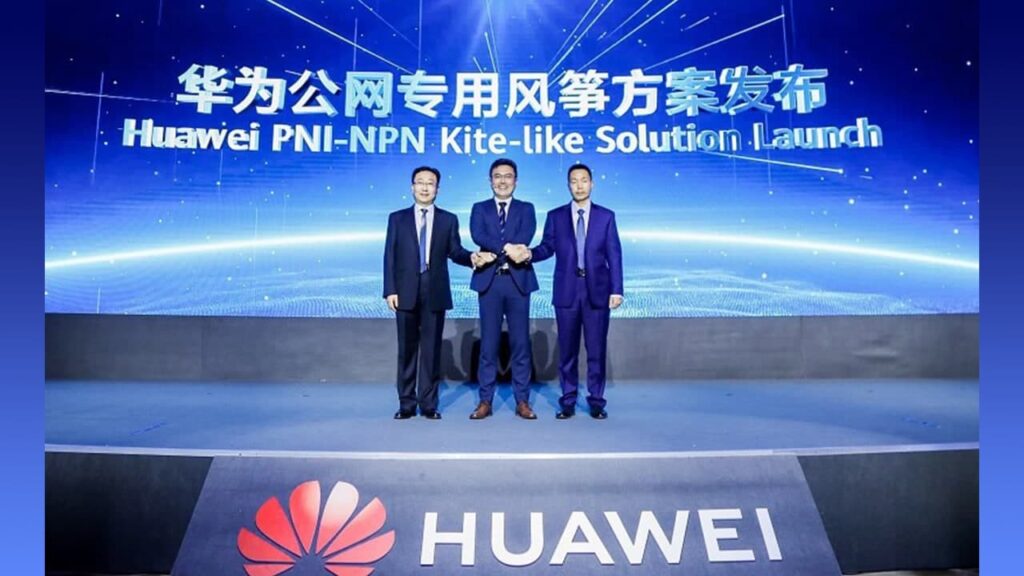
Xinyan Coal Mine is an enterprise that sets leading examples for smart mine construction. It is located in Lvliang City under Shanxi Lvliang Dongyi Group Coal Gasification Co., Ltd. In 2020, Xinyan Coal Mine applied 5G communications technologies together with Shanxi Mobile and Huawei to take the lead in 5G-based smart mine construction.
It was also among the nation’s first enterprises to pilot smart mine projects in November of the same year. Furthermore, 5G is at play throughout key phases of the mine’s production. With this in mind, ensuring that the enterprise production system continues to run normally in the event of large-scale network interruption is of major concern.
To solve such issues, Huawei’s 5GtoB kite-like solution transforms operator networks into a PNI-NPN configuration. In this configuration, the central site “flies kites” (collaborating with edge site) with dedicated “lines” to ensure rock-solid reliability.
When the on-premises network (the NPN) is disconnected from the central network, services can be automatically switched to the emergency DR control plane of the on-premises network, greatly improving its reliability over conventional solutions, and ensuring high availability of the enterprise production system. This is the solution that was successfully tested in Xinyan Coal Mine.
High reliability despite continuous network interruption: The emergency control plane is deployed on the campus and synchronizes data with the central network in real-time. When disconnected from the central network, the local network can seamlessly take over services to ensure the key production systems continue to run normally.
Higher efficiency with the same workforce: Consolidated edge delivery, plug-and-play, one-click deployment, and two-hour provisioning greatly improve the delivery efficiency.
High security with data containment: S, M, and L tiers are provided to cover the different security requirements of private networks. S corresponds to small private networks where enterprises share the operator’s network, whereas M and L offer increasing isolation, ensuring that data is not transferred out of the campus in MEC scenarios; therefore, eliminating data security concerns for enterprises.
On the other hand, 5GtoB is already in commercial use and is accelerating digital transformation in the industry. The solution is on pole position in China alongside the world’s largest 5G network, where more and more industries and enterprises are transforming and upgrading themselves with the help of 5G.
Huawei is eager to work with industry partners to openly innovate and achieve win-win outcomes, making 5G a key driving force for digital transformation.
News
Huawei is an advance player in technology such as ChatGPT: Chief
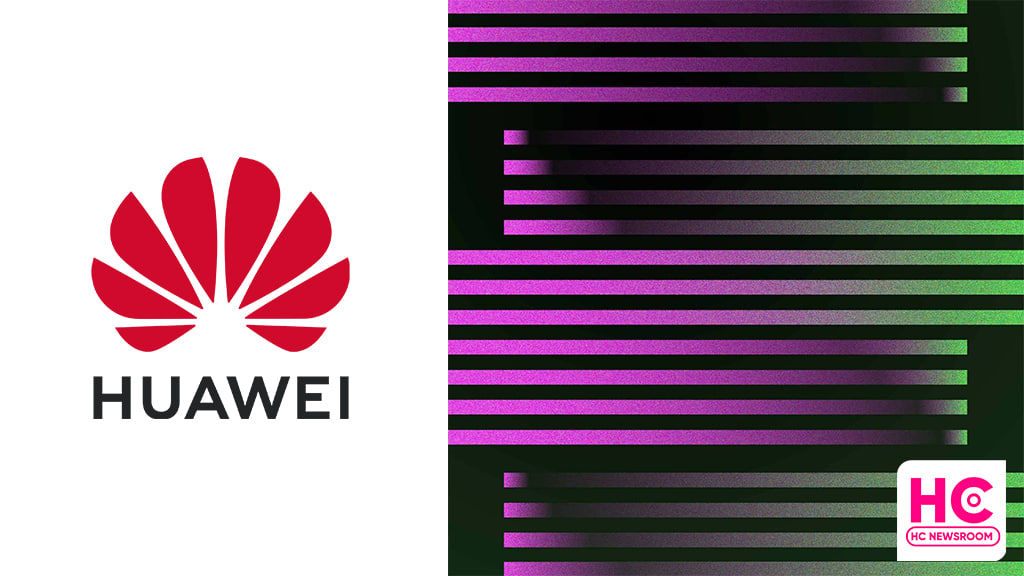
ChatGPT is a raging storm on the internet and everyone is talking about this AI-powered instant reply software but Huawei says, it has long mastered such technology.
A person in charge of Huawei’s computing product section said that Huawei began to have a layout in the large model in 2020. In the following year, Huawei launched Pengcheng Pangu, which is a super-large model and the first of its kind in the industry.
This model can generate 100 billion levels of processes and can generate responses or understand Chinese natural language processing as well as speech recognition.
To be mentioned, Pangu NLP large model was the world’s largest Chinese language pre-training model with 100 billion parameters at that time. The sample tuning of the data improves the application performance of the model in the scenario.
Patent:
Recently, two patents have surfaced on China’s intellectual property office, which reveal Huawei’s use of AI in instant reply software. However, we can say that Huawei has already applied a lot of AI software to human conversation technology, which was way ahead of ChatGPT. But Huawei has not revealed any plans to implement such tech in Huawei devices.
ChatGPT:
ChatGPT was launched as a prototype on November 30, 2022, and quickly garnered attention for its detailed responses and articulate answers across many domains of knowledge. Its uneven factual accuracy, however, was identified as a significant drawback. Following the release of ChatGPT, OpenAI’s valuation was estimated at US$29 billion.
Read more here – Huawei patent new ChatGPT like reply software

News
Xiaomi took 50 million Huawei smartphone users: President
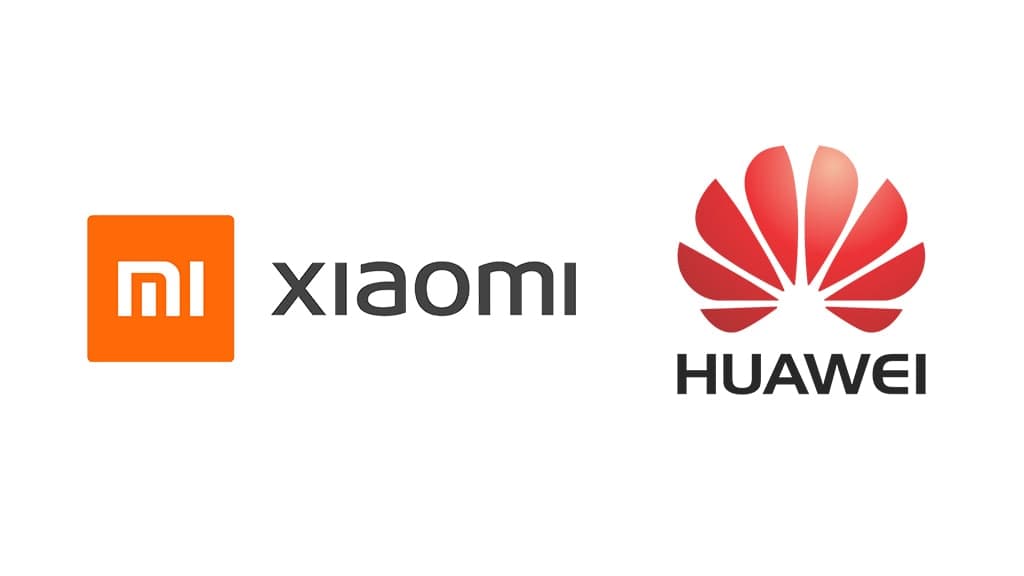
After the events of the U.S. ban, Huawei had to reduce its capacity of building new smartphones, which result in low yield and sales, and now, Xiaomi claims that it took over 50 million of Huawei’s users.
During the Xiaomi Investment Day, Lu Weibing, President of Xiaomi Group said that Huawei has lost over 80 million smartphone users, of which, Xiaomi took over 50 million.
This is quite a big statement made by the head of the Chinese phone maker as Huawei was forced to leave the market due to the restrictions on manufacturing.
After not meeting the market requirements the share of Huawei’s smartphone market declined severely in both the Chinese and global markets. While other smartphone makers are the ones that got most of the benefits.

From the rest, Apple took over 20 million users and Honor grabbed 10 million, which accounts for an overall 80 million Huawei users.
According to the data revealed by Canalys, the global smartphone market ranked Samsung first and Apple second, which has increased by 22 percent and 19 percent respectively. While Xiaomi declined to 13 percent.
Aside from Apple and Samsung, other smartphone maker has declined. On this matter, Xiaomi’s president said that the decline in his firm is related to various reasons such as currency depreciation, chips from shortage to surplus, and intensified competition, the global mobile phone market will decline by 12% in 2022, of which the Chinese market will decline by 13%.
Why not?
It was an opportunity for all of the smartphone companies with an open opportunity to grab Huawei’s market share and it fell directly into their lap without doing anything.
(via – CNMO)
News
Huawei help Turkey in Earthquake hit areas with communication supplies
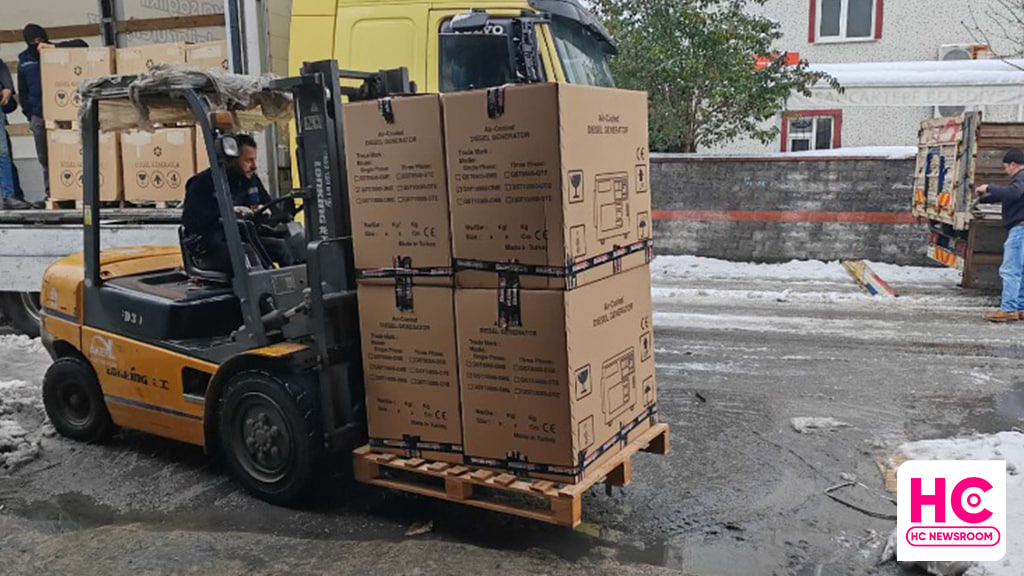
Turkey is underway a massive rescue operation and Huawei has raised a hand of help for the country to overcome the earthquake that has taken the lives of thousands of innocent people. During this time, Huawei has provided components, generators, and mobile base stations to help eliminate communication issues in earthquake-affected areas.

On Monday, Turkey is hit by a 7.8-magnitude earthquake, destroying homes and leaving thousands wounded and homeless. As of today, over 17000 people had died in Turkey, surpassing the record of the last decade in the country. This earthquake has now made its place in the most deadly disasters of the century surpassing the 2011 tsunami in Japan.
